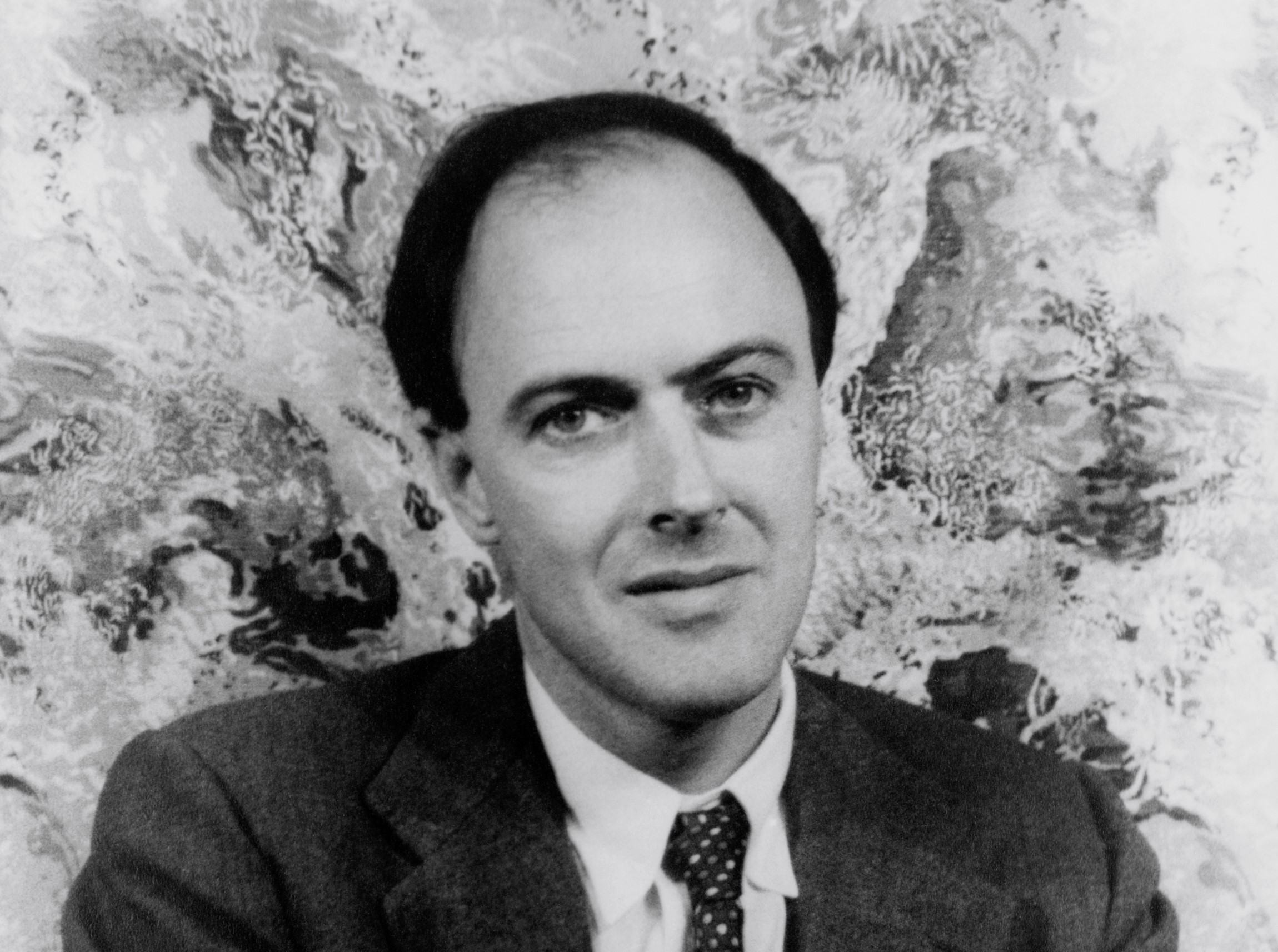Roald Dahl in 1954.
Roald Dahl was born on September 13, 1916, in Cardiff, Wales, to Norwegian immigrant parents. He experienced a challenging childhood, losing both his sister and father at a young age. Dahl was sent to boarding school at the age of nine, where he was subjected to harsh beatings, a theme that would later appear in his works.
Dahl’s career was as diverse as it was successful. He worked in industrial oil in Tanzania before joining the Royal Air Force (RAF) when World War II broke out. Despite being 6 feet 6 inches tall and barely fitting in the cockpit, Dahl proved to be an able pilot.
In September 1940, Dahl was stationed in Libya to fend off the Italians. During a non-combat flight, his Gloster Gladiator biplane fighter was hit by ground anti-aircraft fire. Despite believing he could make it back to base, Dahl’s plane crashed into the Western Desert of North Africa. He survived and, despite a fractured skull, pulled himself out of the wreckage just before his fuel tank exploded.
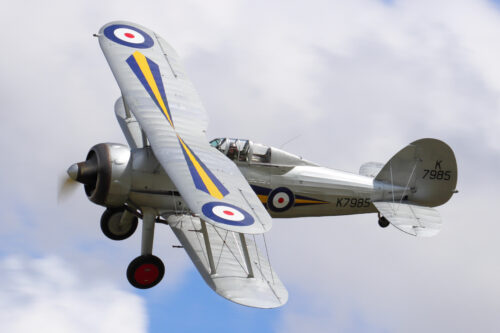
Dahl was discovered by the Suffolk Regiment in the perilous expanse known as “no man’s land,” situated between the allied and Italian forces. Following months of arduous recovery, Dahl received the welcome news that he was once again fit to fly. Returning to action, he rejoined No. 80 Squadron in Athens, piloting a Hurricane Mk1. His initial flight in an aircraft with an enclosed cockpit left him battling cramps after a three-hour sortie, yet undeterred, he continued to fly operational missions despite the formidable challenges he faced. During his aerial combat he scored six victories, one more than the number that qualified him as an ace.
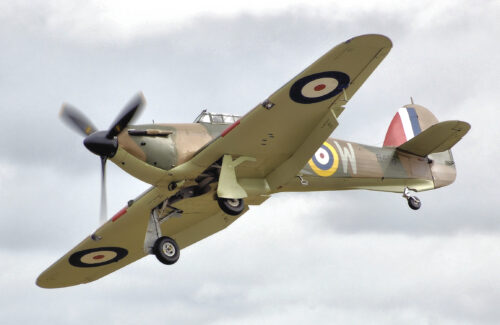
Dahl the Spy
Dahl’s service during World War II extended beyond his role as a pilot. He was also a spy for Great Britain, using his charm and storytelling abilities to win over influential figures in the United States.
Dahl was recruited as a clandestine operative by the British Security Coordination (BSC), headed by Sir William Stephenson, codename Intrepid. The BSC was a secret intelligence organization that was set up by Britain’s Secret Intelligence Service (SIS), commonly known as MI6, in the spring of 1940, with the objective of protecting British interests, countering enemy actions in the Western hemisphere, and swaying public sentiment in favor of the Allied cause during the war.
In the spring of 1942, Dahl was sent to the British Embassy in Washington D.C. as an Assistant Air Attaché. His mission was to convince isolationist America to join the Allied forces in the fight against Nazi Germany. Dahl’s natural storytelling abilities and persuasive charm made him the perfect candidate for this role.
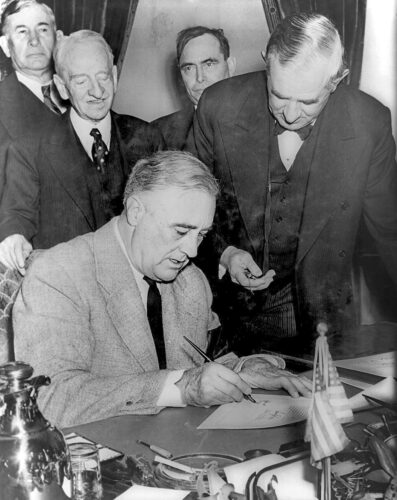
Dahl was known for seducing heiresses and socialites and palling around with the Roosevelts. His charm and wit made him a popular figure in high society, allowing him to gather valuable information.
One of the most significant pieces of information Dahl passed along was that the Roosevelt administration was planning to “emancipate” a large part of the British Empire after the conclusion of World War II by supporting the independence or self-governance of certain British colonies or territories. This information was crucial to the British government’s understanding of American intentions post-war and its post-war planning and diplomatic strategies. It also underscores the intricate web of intelligence and diplomacy during a pivotal period in history.
Despite his charm and success as a spy, Dahl also had a dark side. His first wife, actress Patricia Neal, nicknamed him “Roald the Rotten” for his mean streak and his multiple affairs. This darker side of Dahl’s personality is often hinted at in his writing.
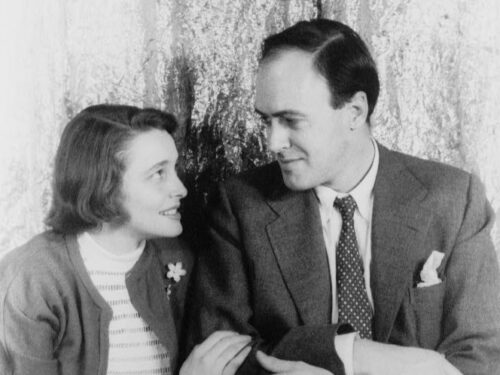
Literary Career
After the war, Dahl turned to writing. His first book, The Gremlins (1943), was written for Walt Disney but was largely unsuccessful. His service in the RAF influenced his first story collection, Over to You: Ten Stories of Flyers and Flying (1946), a series of military tales that was warmly received by critics but did not sell well.
Dahl achieved best-seller status with Someone like You (1953), a collection of macabre stories for adults. This was followed by Kiss, Kiss (1959), which focused on stormy romantic relationships.
Dahl’s children’s books, known for their unsentimental, macabre, often darkly comic mood, featuring villainous adult enemies of the child characters⁵, have sold more than 300 million copies worldwide. His works for children include James and the Giant Peach (1961), Charlie and the Chocolate Factory (1964), Fantastic Mr Fox (1970), Danny, the Champion of the World (1975), The Witches (1981), Matilda (1988), The Twits (1980), George’s Marvellous Medicine (1981), and The BFG (1982). Dahl also wrote an autobiography, Boy: Tales of Childhood (1984), describing his life from early childhood until leaving school.
Dahl was also a prolific author of short stories. His tales, previously published in magazines like The New Yorker and Playboy, among others, were imaginative and often dark. These narratives showcased Dahl’s versatility, from whimsical to unsettling, leaving an indelible mark on literature.
James Bond Connection
Dahl, known for his literary works, also left a mark in the world of cinema as a scriptwriter. He wrote the screenplay for the James Bond film You Only Live Twice (1967), starring the iconic Sean Connery as James Bond. The film was directed by Gilbert Lewis. It was produced by Albert R. Broccoli and Harry Saltzman.
Dahl also co-wrote the screenplay for the film Chitty Chitty Bang Bang (1968), directed by Ken Hughes, who also co-wrote, and produced by Broccoli. The film stars Dick Van Dyke, Sally Ann Howes, and other talented actors. It is based on the 1964 children’s novel Chitty-Chitty-Bang-Bang: The Magical Car by none other than Ian Fleming, the creator of James Bond.
Dahl and Fleming had become friends during their time in Washington, D.C. during the tumultuous background of World War II.
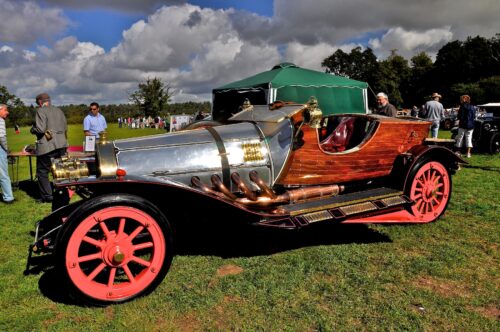
Donald Sturrock, author of Storyteller – The Life of Roald Dahl, writes:
“[Roald Dahl] had known Ian Fleming well. Both men had worked in espionage for William Stephenson during the war, and both had similar reputations as hard-drinking, gambling, womanizing sophisticates … He admired Fleming.”
Legacy
Roald Dahl passed away on November 23, 1990. His legacy lives on through his books, which continue to captivate children and adults alike. In 2008, The Times placed Dahl 16th on its list of “The 50 Greatest British Writers Since 1945”. In 2021, Forbes ranked him the top-earning dead celebrity.
Roald Dahl’s life was as fascinating as his books, filled with adventure, hardship, and intrigue. From his early days in Wales to his time as a World War II spy, and finally, as one of the world’s most beloved authors.
*The views and opinions expressed on this website are solely those of the original authors and contributors. These views and opinions do not necessarily represent those of Spotter Up Magazine, the administrative staff, and/or any/all contributors to this site.

